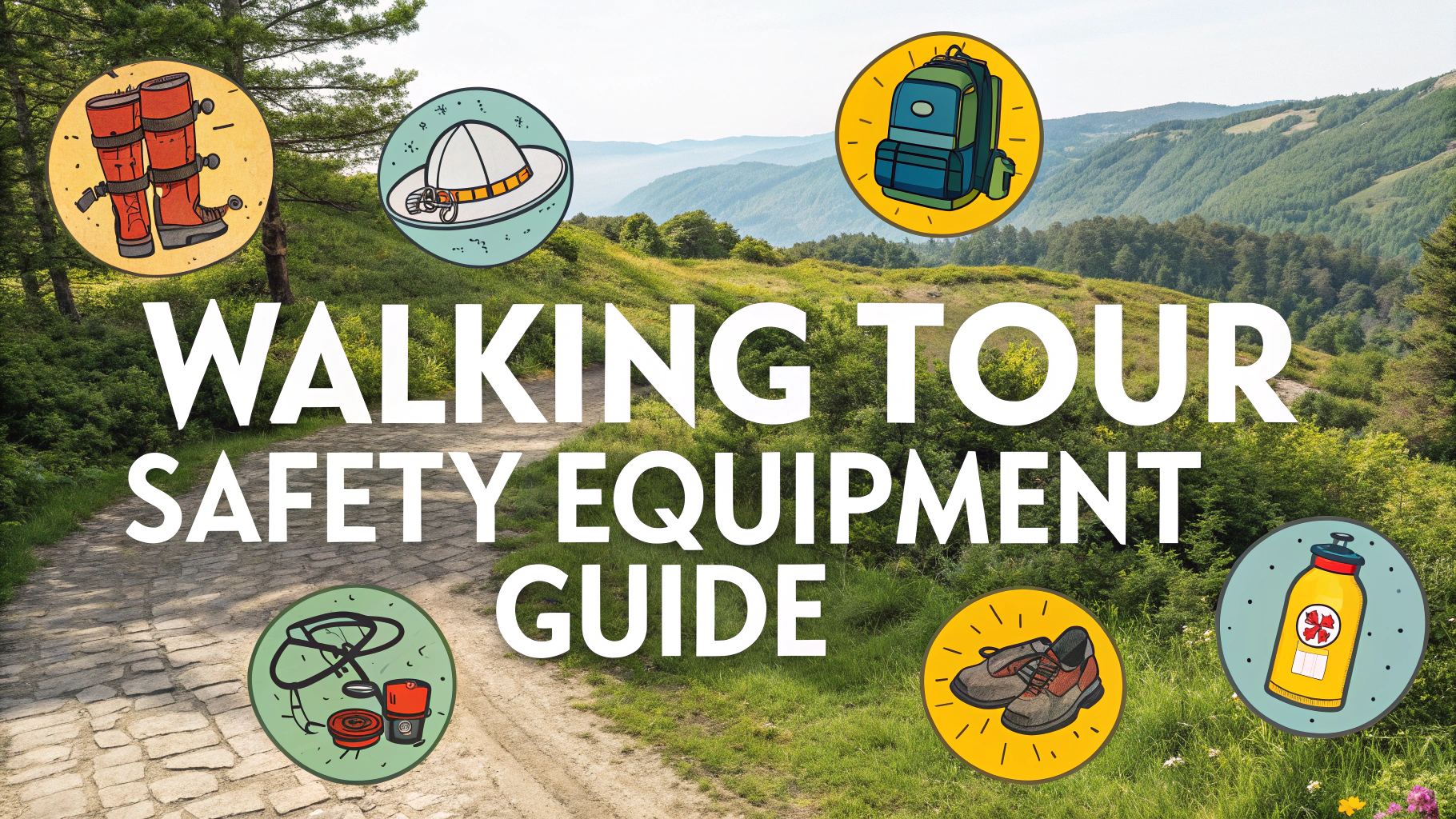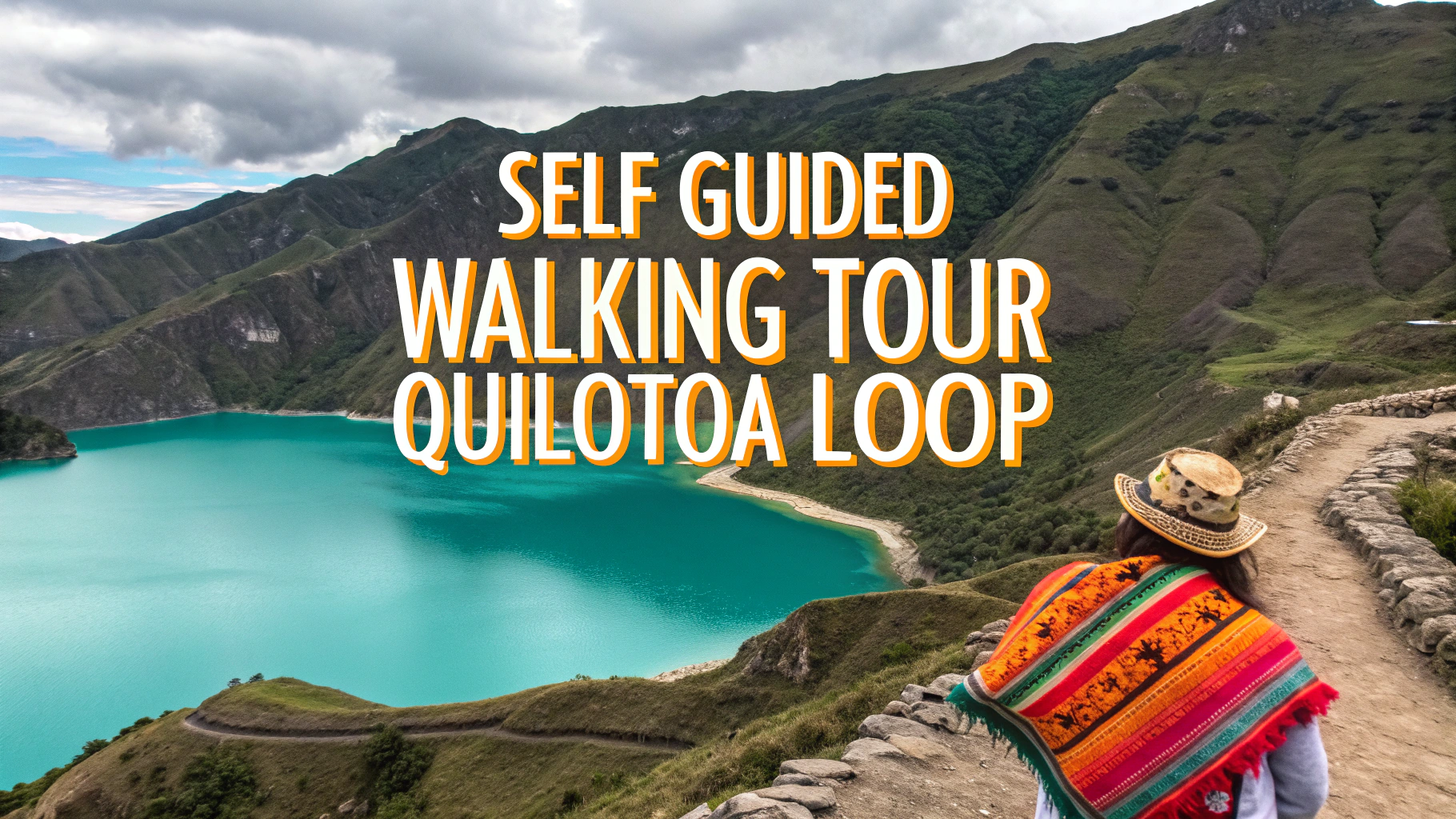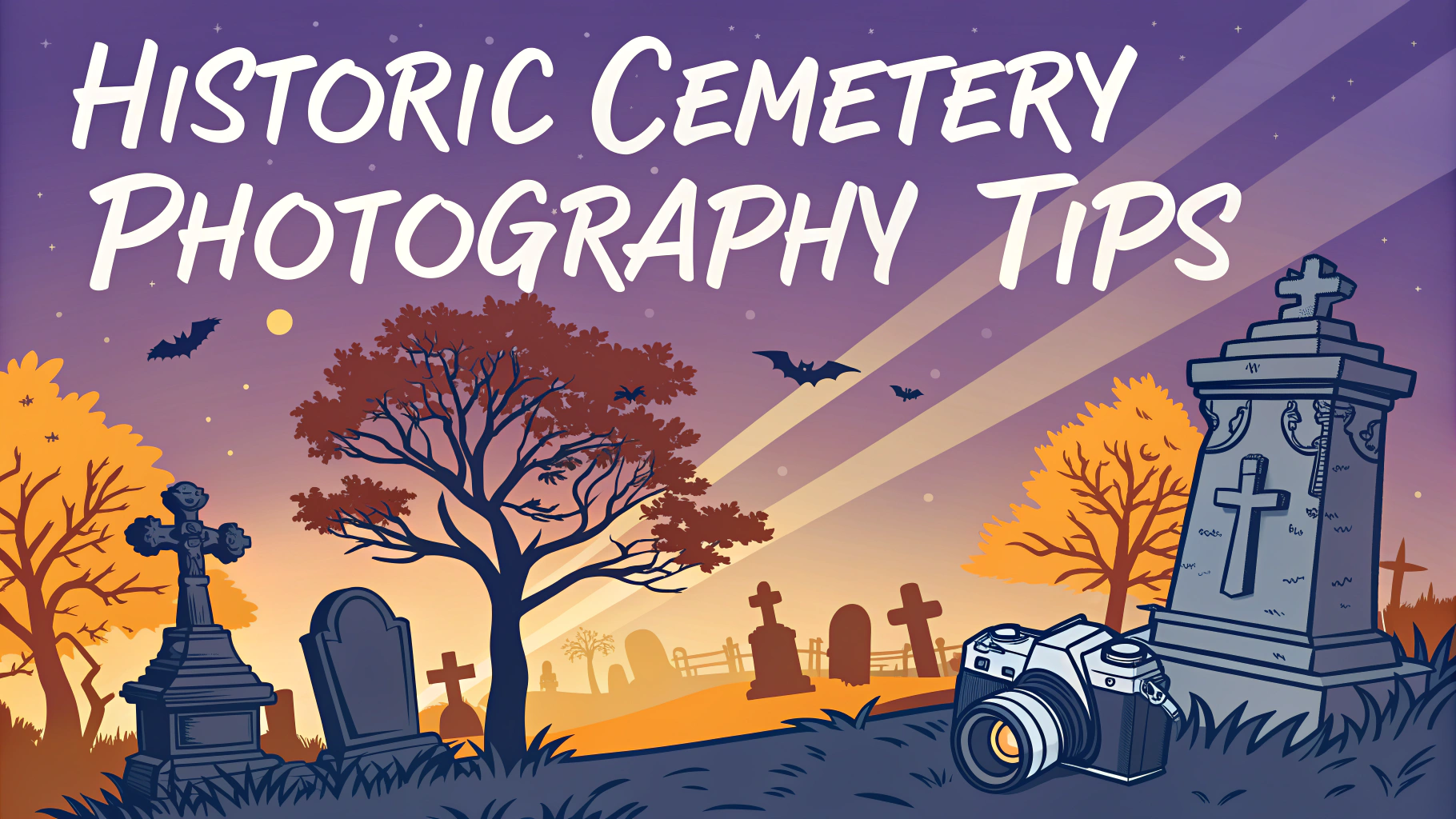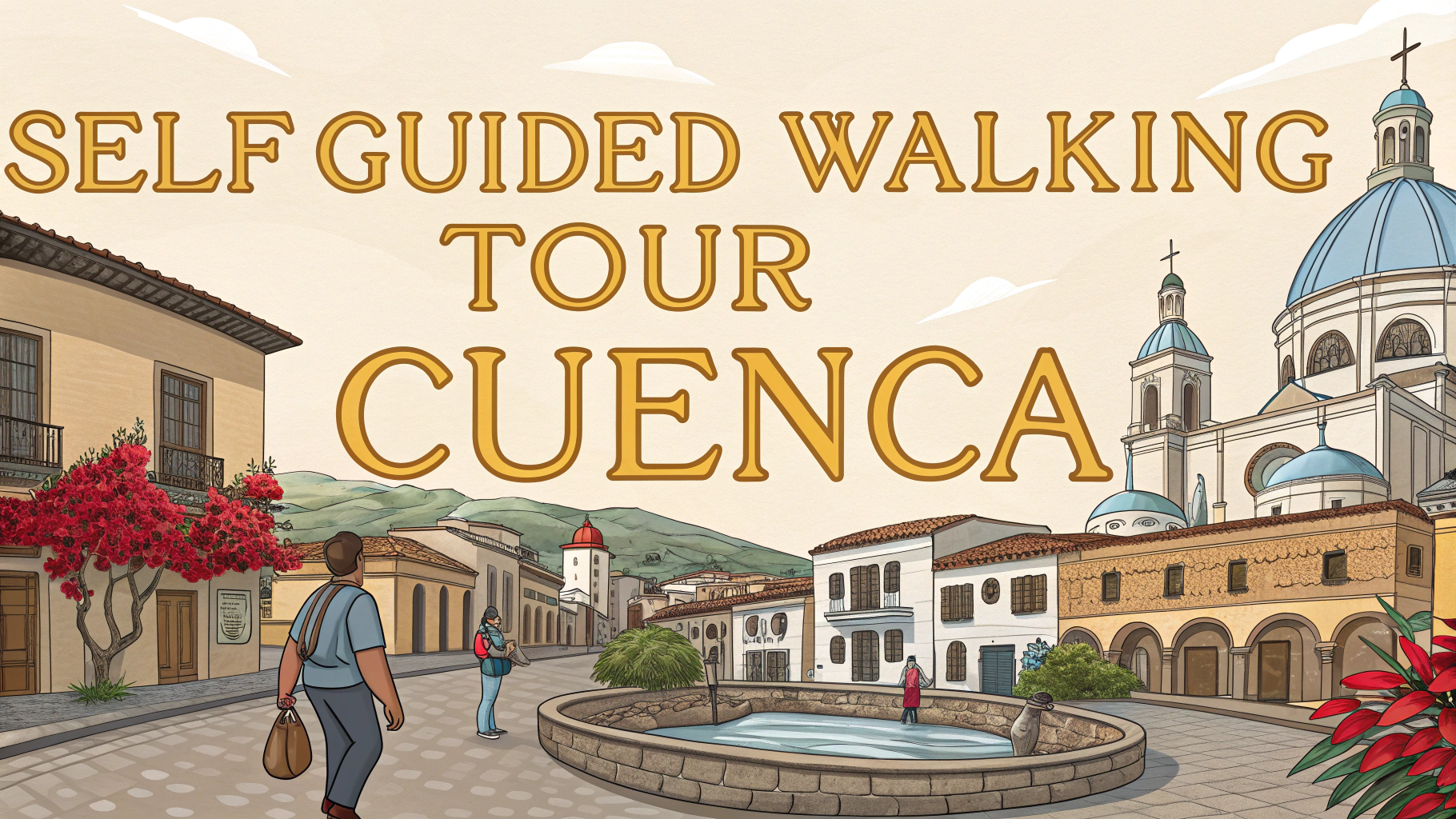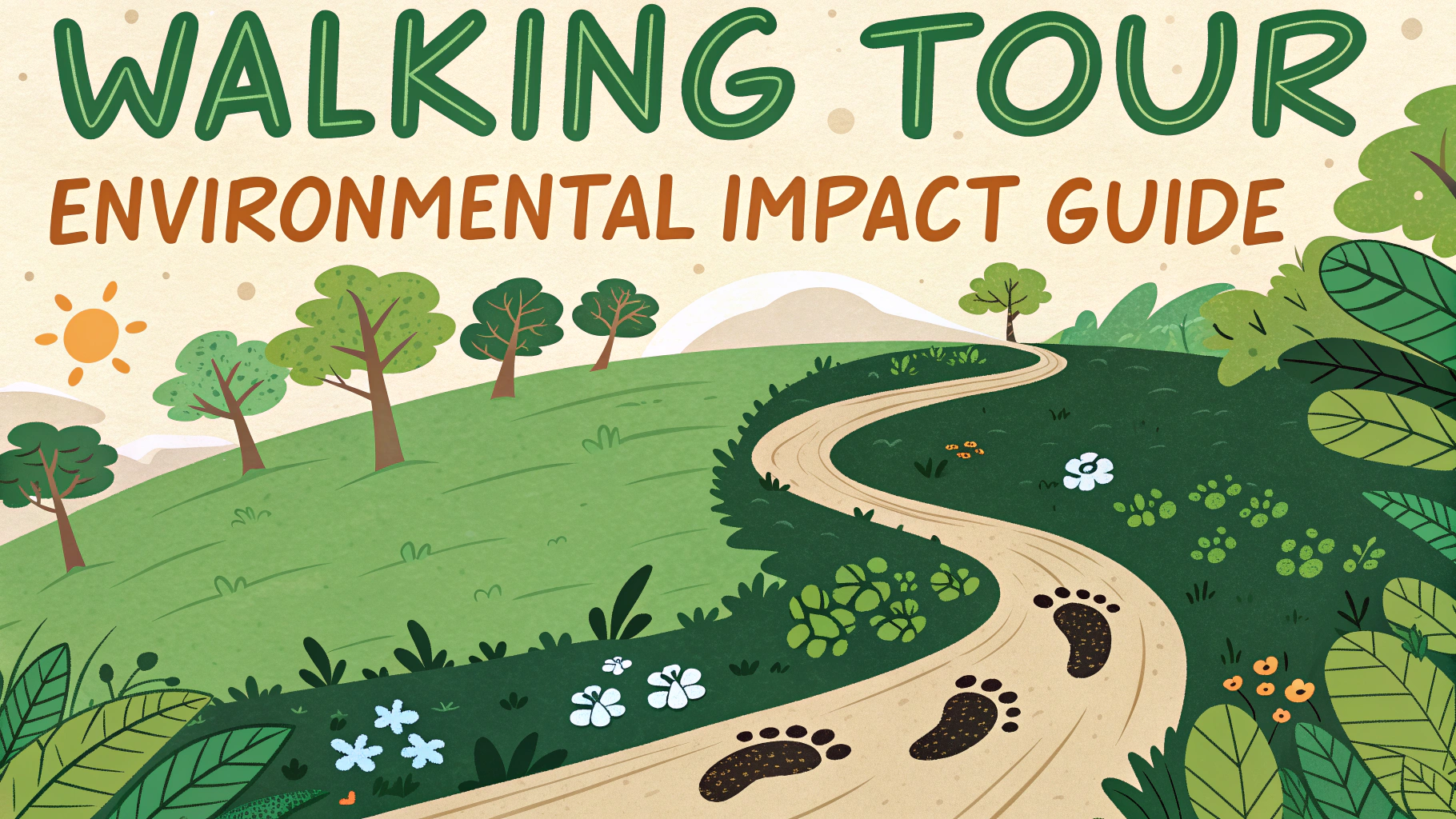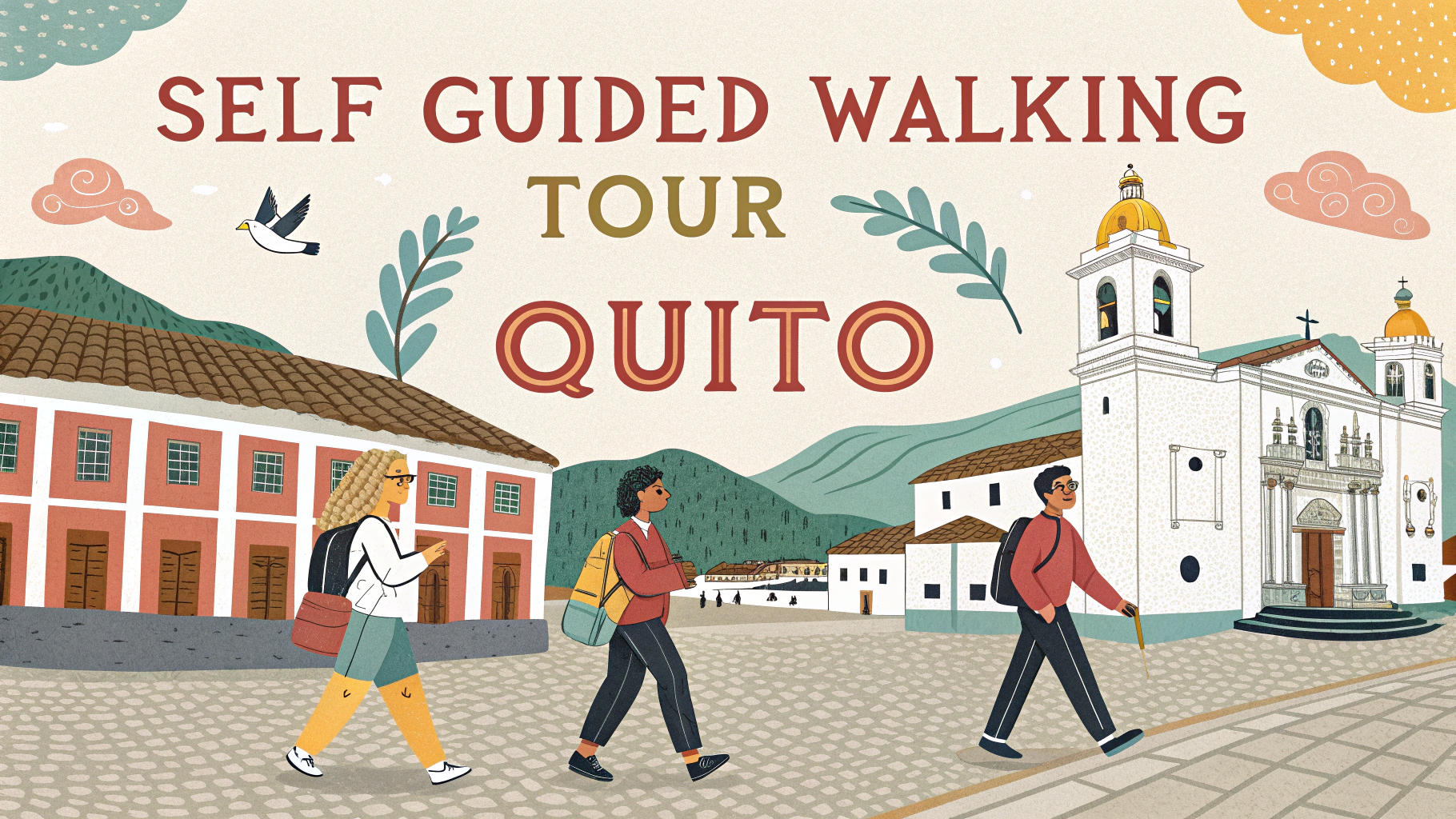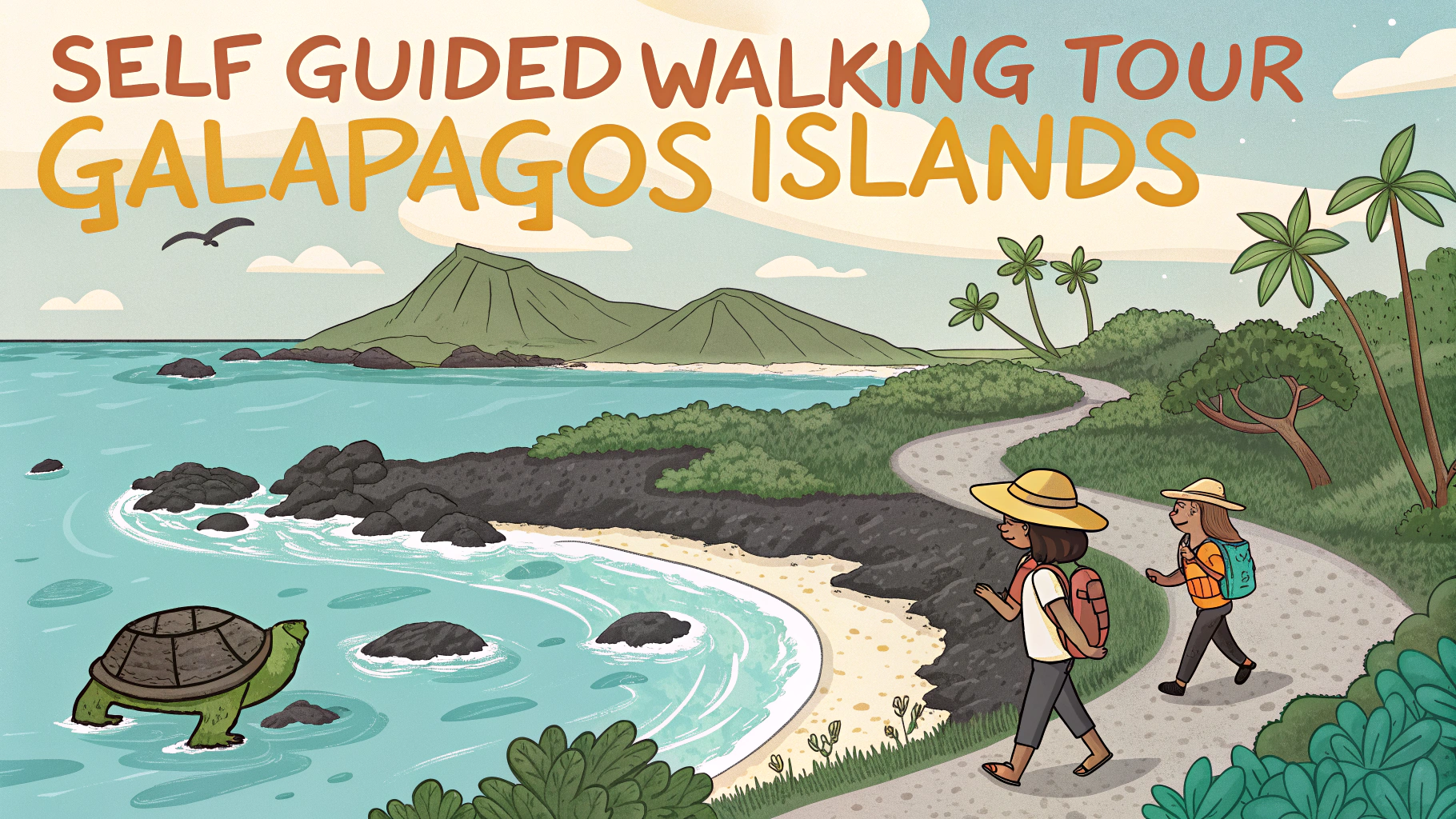Scientific history walking tours reveal fascinating local stories of discovery, innovation, and progress through self-guided exploration.
Planning Your Scientific History Route
Research local institutions, laboratories, universities and historic sites connected to scientific breakthroughs before mapping your route.
- Historic research facilities
- University science buildings
- Former homes/workplaces of notable scientists
- Museums with scientific collections
- Places where major discoveries occurred
Essential Planning Tips
- Duration: Plan for 2-3 hours for most routes
- Distance: Keep walks under 3 miles for comfortable exploration
- Timing: Check opening hours of any museums or buildings you plan to visit
- Weather: Have indoor alternatives ready in case of rain
Must-Have Tools
- Detailed area map (digital or printed)
- Historical reference guide
- Camera for documentation
- Comfortable walking shoes
- Water bottle
- Notebook for observations
Documentation Methods
Take photos and notes at each stop to create your own scientific history archive.
| What to Document | Why It Matters |
|---|---|
| Building architecture | Shows how lab design evolved |
| Historical markers | Provides official historical context |
| Location details | Helps others recreate your route |
Sharing Your Route
Consider creating an online guide or mobile app version of your route for others to follow.
- Use mapping applications to mark points of interest
- Add photos and historical context to each stop
- Include practical information like rest stops and accessibility
- Share your route on local history websites or social media
Safety and Etiquette
- Respect private property boundaries
- Follow posted signs and regulations
- Ask permission before photographing active research facilities
- Stay on designated paths and walkways
Contact local historical societies or university archives for additional route suggestions and historical information.
Route Enhancement Ideas
- Add QR codes linking to detailed information about each stop
- Create audio commentary for key locations
- Design themed routes (physics, chemistry, biology etc.)
- Include hands-on experiments or demonstrations where possible
Remember to update your route information periodically as sites may change or new historical locations may be discovered.
Additional Route Features
Enhance educational value by incorporating interactive elements and modern technology into your scientific history walk.
- Augmented reality overlays showing historical scenes
- Virtual reconstructions of demolished buildings
- Interactive timeline markers
- Scientific principle demonstrations at relevant stops
Educational Integration
School Programs
- Curriculum-aligned walking routes
- Grade-specific activity sheets
- Student research projects
- Field trip opportunities
Public Engagement
- Community science events
- Guided tours with experts
- Seasonal themed walks
- Science festival integration
Accessibility Considerations
Design routes that accommodate diverse needs and abilities.
- Alternative routes for wheelchair users
- Rest stop locations clearly marked
- Multi-language materials
- Visual and audio guides available
Future Development
Consider how your scientific history walk can evolve and grow over time.
- Regular content updates
- Community contribution channels
- Environmental monitoring integration
- Citizen science project connections
Conclusion
Scientific history walks offer unique opportunities to connect with local heritage while promoting science education and community engagement. Through careful planning, documentation, and continuous improvement, these routes can become valuable educational resources that preserve and celebrate scientific achievements for future generations.
Remember to regularly evaluate and update your route based on user feedback and new historical discoveries to maintain its relevance and educational value.
FAQs
- What is a scientific history walking route and how does it differ from regular walking tours?
Scientific history routes are specialized self-guided walks that focus on locations of scientific discoveries, historic laboratories, birthplaces or workplaces of famous scientists, and sites of technological innovation within a local area. - How can I find scientific history points of interest in my local area?
You can consult local historical societies, university archives, science museums, heritage websites, and dedicated scientific history apps. Many cities also have plaques marking significant scientific sites and discoveries. - What should I bring on a self-guided scientific history walk?
Essential items include a detailed route map, comfortable walking shoes, water, a smartphone for GPS and additional information, a camera for documentation, and any relevant guidebooks or downloaded tour information. - How long does a typical scientific history walking route take to complete?
Most routes take between 1-3 hours, depending on the number of stops, distance between sites, and how much time you spend at each location reading about and exploring the scientific history. - Are scientific history routes accessible year-round?
Most outdoor routes are accessible year-round, though some sites or buildings along the route may have seasonal hours or require advance booking for interior access. Weather conditions may affect accessibility. - Do I need special permission to visit scientific historical sites?
While most exterior viewing is freely accessible, some locations, particularly those in private buildings or active research facilities, may require advance permission or guided access. - How can I verify the historical accuracy of scientific sites on these routes?
Look for official historical markers, consult academic institutions’ archives, check scientific societies’ records, and verify information through peer-reviewed historical journals and official heritage databases. - Can I create my own scientific history walking route?
Yes, by researching local scientific achievements, mapping significant locations, and creating a logical walking sequence. Consulting with local historians and scientific institutions can help ensure accuracy. - Are there apps specifically designed for scientific history walking routes?
Several heritage and walking tour apps include scientific history routes. Some museums and universities also offer dedicated apps for exploring local scientific heritage sites. - How can I share or document my scientific history walk experience?
You can contribute to online walking tour platforms, create digital maps with photos and descriptions, share on social media with relevant hashtags, or submit information to local historical societies.

